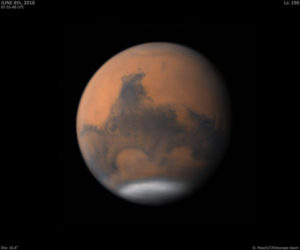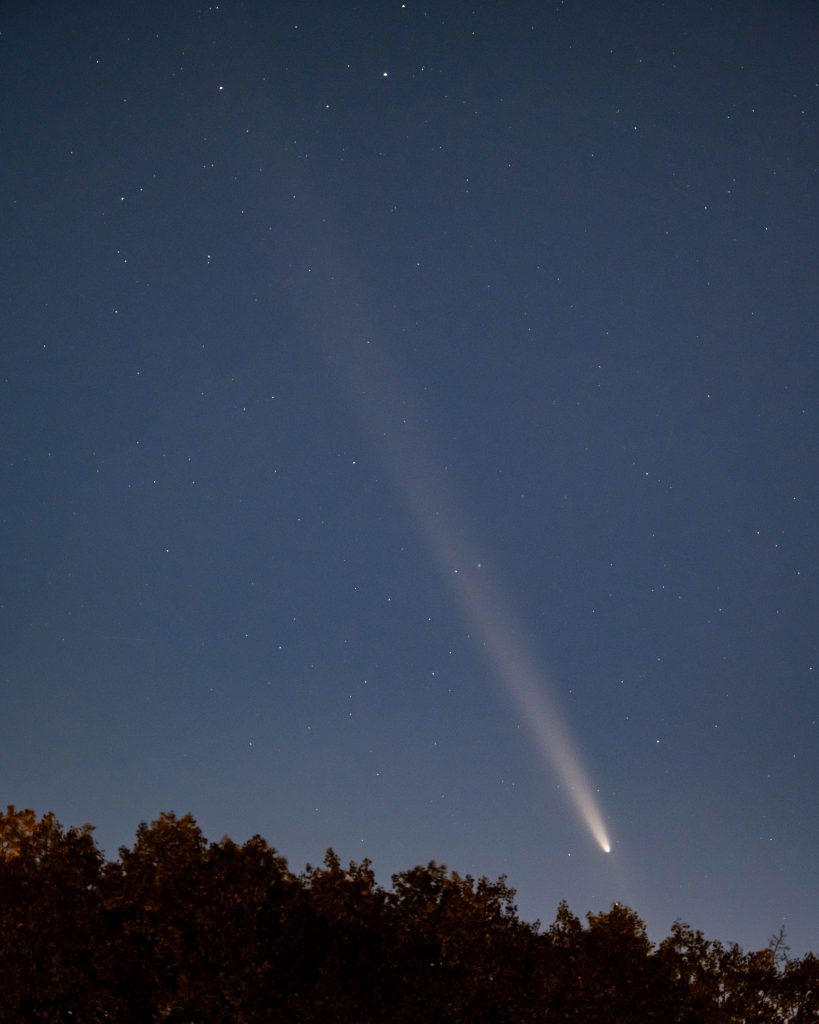
It’s a comet! No, it’s an alien spaceship! No, it’s probably just a comet. But Comet 3/I ATLAS isn’t just any comet. This speedy little visitor, which was discovered by the ATLAS survey telescope near Río Hurtado, Chile, on July 1, 2025, is only the third confirmed interstellar comet or asteroid ever observed in our cosmic neighborhood. It’s a free ‘sample delivery mission’ from another star system, and it may help reveal secrets and insights about the nature and composition of other stars and planets in the Milky Way [Read more…] about A Visitor from Beyond: Comet 3I/ATLAS Rounds the Sun
Share This:

